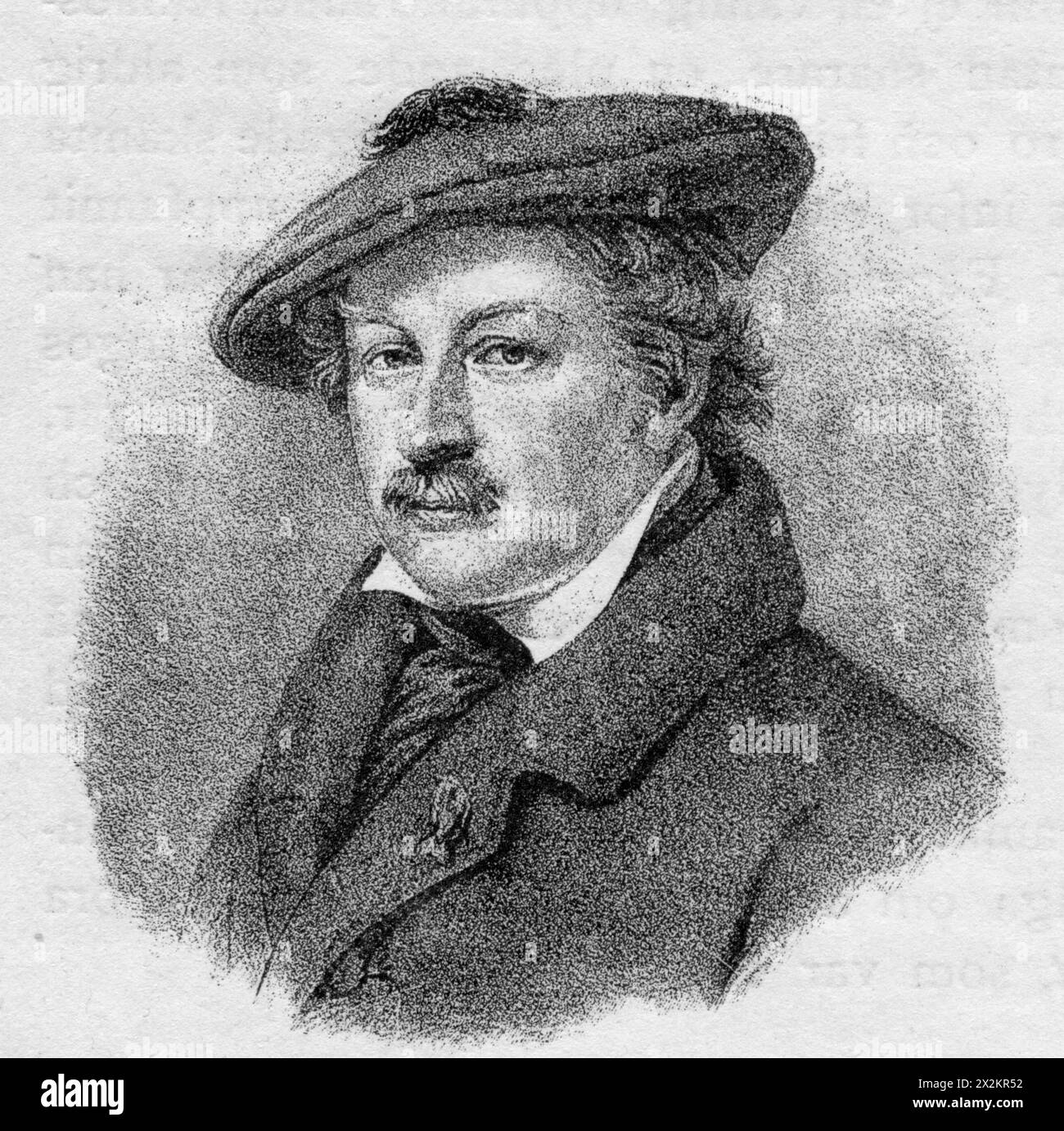World Updates | Update information about politics and social around the world
Sara Wimmercranz: Contemporary Swedish Artist And Sculptor
Sara Wimmercranz: A Swedish Artist Pushes the Boundaries of Contemporary Sculpture
Editor's Notes: "Sara Wimmercranz: Contemporary Swedish Artist And Sculptor" has published today as she was awarded with the prestigious Carnegie Art Award and will be holding a major exhibition at the Moderna Museet in Stockholm later this year. We believe that her work is an important contribution to the contemporary art world, and we are excited to share her story with our readers.
Through our analysis, information gather around the subject matter, we put together this Sara Wimmercranz: Contemporary Swedish Artist And Sculptor guide to help you understand who she is and why she is important in sculpture today.
Key Differences:
| Characteristic | Sara Wimmercranz | Other Contemporary Sculptors |
|---|---|---|
| Medium | Often uses everyday objects and materials, such as fabric, wood, and metal | Typically use traditional materials, such as bronze, marble, and stone |
| Style | Her work is often playful and humorous, and she often explores themes of identity and gender | Their work is often more serious and contemplative, and they often explore themes of history, politics, and society |
| Influences | Her work is influenced by a wide range of sources, including folk art, pop culture, and feminist theory | Their work is often influenced by classical art, modernism, and contemporary art |
Transition to main article topics:
FAQ
This section offers comprehensive answers to frequently asked questions regarding the esteemed contemporary Swedish artist and sculptor, Sara Wimmercranz.

Sara Wimmercranz - Så blir andras fördomar dina affärsmöjligheter - Source www.talarforum.se
Question 1: What are the primary themes and motifs explored in Sara Wimmercranz's artistic practice?
Sara Wimmercranz's body of work delves into complex themes of human relationships, societal structures, and the exploration of identity. Her sculptures unravel the intricacies of communication, the subtleties of emotional experiences, and the multifaceted nature of human bonds.
Question 2: What materials and techniques are predominant in Wimmercranz's sculptures?
Wimmercranz's sculptures predominantly utilize a combination of materials such as bronze, ceramic, and wood. Through her masterful craftsmanship and innovative techniques, she manipulates these materials into intricate forms that evoke narratives of human connection and psychological depth.
Question 3: How does Wimmercranz's work contribute to contemporary understandings of sculpture?
Wimmercranz's artistic approach challenges traditional conventions of sculpture by recontextualizing everyday objects and exploring unconventional modes of representation. Her works transcend the boundaries of traditional figuration, inviting viewers to engage in introspective interpretations of human lived experiences.
Question 4: What are some notable exhibitions that have showcased Sara Wimmercranz's work?
Wimmercranz's works have been featured in prestigious exhibitions worldwide, including the Venice Biennale (2009), the ARoS Aarhus Art Museum (2012), and the Moderna Museet in Stockholm (2015). These exhibitions have garnered critical acclaim and cemented her reputation as an artist of international significance.
Question 5: How does Sara Wimmercranz's work resonate with contemporary social and political issues?
Wimmercranz's sculptures often carry subtle yet profound commentaries on social and political issues. Her explorations of human connection and identity resonate with contemporary concerns surrounding gender roles, social inequality, and the search for belonging in an increasingly fragmented world.
Question 6: What is the significance of the performative aspects in Sara Wimmercranz's practice?
Performance plays an integral role in Wimmercranz's artistic process. Through performances, she examines the boundaries between sculpture and the human body, blurring the lines between the static and the dynamic. Performances serve as extensions of her sculptures, further unraveling the complexities of human relationships and self-discovery.
In conclusion, Sara Wimmercranz's artistic practice is a thought-provoking exploration of human nature and the multifaceted complexities of human existence. Her sculptures and performances continue to challenge conventional notions of sculpture while resonating with pressing contemporary issues.
Transition to the next article section.
Tips from Sara Wimmercranz: Contemporary Swedish Artist And Sculptor
Sara Wimmercranz, renowned for her surreal and boundary-pushing sculptures, offers invaluable advice for artists seeking to elevate their craft. Her insights, drawn from personal experience and artistic exploration, provide a roadmap for artistic growth and creative fulfillment.
Tip 1: Embrace Experimentation
Wimmercranz emphasizes the importance of stepping outside of one's comfort zone and experimenting with unconventional materials and techniques. By pushing creative boundaries and exploring uncharted territories, artists can unlock new possibilities and discover unexpected artistic directions.
Tip 2: Seek Inspiration from Diverse Sources
Inspiration can be found in the most unexpected places, advises Wimmercranz. By immersing oneself in various art forms, literature, and cultures, artists can broaden their perspectives and draw upon a rich tapestry of influences to fuel their creative endeavors.
Tip 3: Pay Attention to Details
While it's tempting to focus solely on grand gestures, Wimmercranz stresses the significance of meticulous attention to detail. By carefully considering the placement of each element and the interplay of textures and colors, artists can create works that are both aesthetically pleasing and conceptually engaging.
Tip 4: Don't Be Afraid to Break the Rules
Artistic conventions can be restrictive at times, advises Wimmercranz. By challenging established norms and questioning traditional artistic practices, artists can open up new possibilities for expression. Breaking the rules can lead to groundbreaking concepts and innovative artistic visions.
Tip 5: Find Your Unique Artistic Voice
While inspiration can be drawn from external sources, Wimmercranz emphasizes the importance of developing one's own distinctive artistic voice. By exploring personal experiences, introspections, and unique perspectives, artists can create authentic and meaningful works that resonate with audiences.
Summary
Sara Wimmercranz's invaluable insights provide a comprehensive guide for artists aspiring to push their creative boundaries and achieve artistic excellence. By embracing experimentation, seeking inspiration from diverse sources, paying attention to details, breaking the rules, and developing a unique voice, artists can embark on a transformative journey towards artistic fulfillment.
Sara Wimmercranz: Contemporary Swedish Artist And Sculptor
Sara Wimmercranz, a contemporary Swedish artist, has gained recognition for her dynamic sculptures that investigate themes of nature, transformation, and the human experience. Her work is characterised by its fluidity of form, use of natural materials, and a deep connection to her Scandinavian heritage.

Soedermark, Olof Johan, 17.5.1790 - 15.10.1848, Swedish painter - Source www.alamy.com
- Natural Materials: Wood, stone, and other organic elements form the foundation of Wimmercranz's sculptures, reflecting her deep connection to nature.
- Organic Forms: Her works often resemble living organisms, with flowing lines and shapes that evoke the growth patterns found in the natural world.
- Transformative Nature: Wimmercranz's sculptures explore the concept of transformation, representing the constant change and evolution of both natural and human forms.
- Human Connection: Her sculptures often engage with the human body, inviting viewers to interact and contemplate their own relationship to the environment.
- Cultural Heritage: Wimmercranz's work is deeply influenced by Scandinavian folklore and traditions, which manifest in the use of natural materials and symbolic motifs.
- International Recognition: Wimmercranz has gained international acclaim through exhibitions in renowned institutions worldwide, solidifying her position as a leading contemporary artist.
Sara Wimmercranz's sculptures not only captivate with their aesthetic beauty but also prompt profound reflection on our connection to the natural world, the transformative nature of existence, and the enduring power of human experience. Her unique approach to art-making, combining organic forms, natural materials, and a deep understanding of the human condition, establishes her as a significant voice in contemporary art.

Sara Wimmercranz — Backingminds - Source www.backingminds.com
Sara Wimmercranz: Contemporary Swedish Artist And Sculptor
Sara Wimmercranz is a contemporary Swedish artist and sculptor known for her work in textiles, ceramics, and mixed media. Her work often explores themes of identity, gender, and the body. Wimmercranz's work has been exhibited in museums and galleries around the world, including the Museum of Modern Art in New York and the Tate Modern in London.

03.14 Sara Wimmercranz – Killander & Björk - Source www.killanderobjork.se
The connection between Sara Wimmercranz: Contemporary Swedish Artist And Sculptor, is the exploration of the relationship between art and the body. Wimmercranz's work often uses the body as a canvas, and she is interested in how the body can be used to express emotion and identity. Her work also explores the relationship between the body and the environment, and how the body is affected by the world around it.
The importance of this topic as a component of Sara Wimmercranz: Contemporary Swedish Artist And Sculptor, is that it provides a unique perspective on the relationship between art and the body. Wimmercranz's work challenges traditional notions of beauty and the body, and it offers a new way of understanding the human form.
The practical significance of this understanding is that it can help us to appreciate the beauty of the human body, and to understand how the body can be used to express emotion and identity. Wimmercranz's work can also help us to understand the relationship between the body and the environment, and how the body is affected by the world around it.